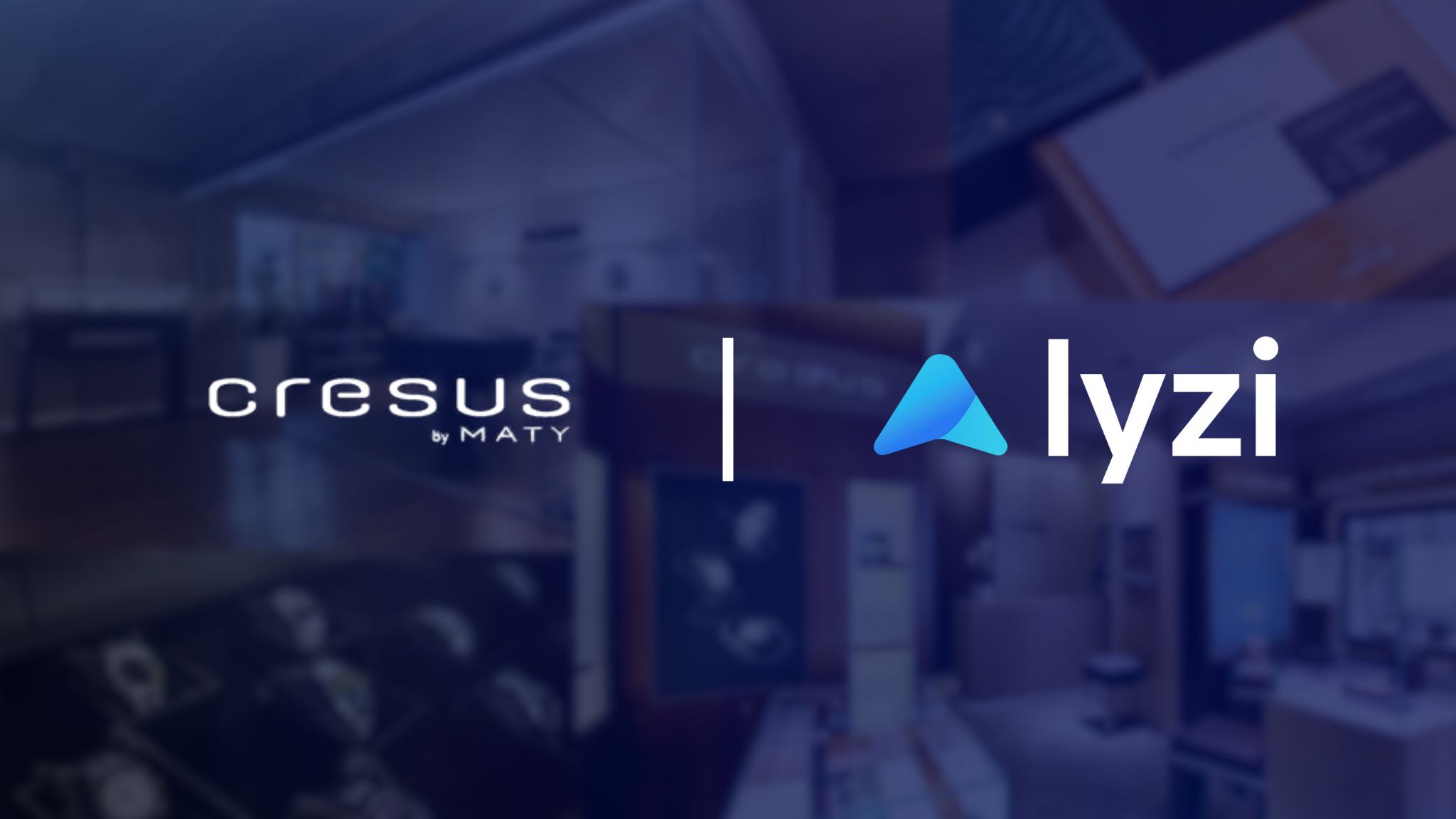%2520in%2520the%2520Cryptocurrency%2520World.webp)
L'essor de la finance décentralisée (DeFi) dans le monde des cryptomonnaies
Le paysage des cryptomonnaies a été fondamentalement transformé par l'émergence de la Finance Décentralisée (DeFi). Cette révolution entraînée par la blockchain redéfinit les normes des transactions financières et des stratégies d'investissement. Dans cette exploration détaillée, nous plongeons dans les subtilités de la DeFi, sa trajectoire de croissance, ses impacts potentiels, ses défis et son avenir prévisible dans le monde financier.
Comprendre la finance décentralisée (DeFi)
La Finance Décentralisée, ou DeFi, représente un passage des systèmes financiers traditionnels et centralisés à une finance pair-à-pair rendue possible par des technologies décentralisées construites sur la blockchain Ethereum. La DeFi englobe diverses applications financières en cryptomonnaie ou blockchain visant à perturber les intermédiaires financiers.
Éléments fondamentaux de la DeFi :
- Contrats Intelligents : Contrats auto-exécutants avec les termes de l'accord entre l'acheteur et le vendeur directement écrits dans des lignes de code.
- Applications Décentralisées (DApps) : Ces applications s'exécutent sur un réseau pair-à-pair d'ordinateurs plutôt que sur un seul ordinateur.
- Pools de Liquidité : Elles facilitent le trading efficace d'actifs et sont fondamentales pour de nombreux protocoles DeFi.
Croissance et popularité
La DeFi a connu une croissance exponentielle, avec la valeur totale verrouillée dans les protocoles DeFi atteignant des sommets. Forbes rapporte, "Au [insérer la date la plus récente], la valeur totale verrouillée en DeFi est de [insérer la valeur], un indicateur clair de l'intérêt et de la confiance croissants des investisseurs dans les structures financières décentralisées."
Le montant verrouillé
Le montant verrouillé, également connu sous le nom de TVL (Total Value Locked), est un indicateur crucial dans l'écosystème de la finance décentralisée (DeFi). Il représente la valeur totale des actifs cryptographiques bloqués ou investis dans les protocoles DeFi à un moment donné. Cette métrique offre une mesure tangible de l'adoption et de la confiance des utilisateurs dans les différents projets DeFi. Un TVL en constante augmentation témoigne de l'intérêt croissant pour ces solutions financières alternatives. Cependant, il convient de noter que le TVL peut être sujet à des fluctuations rapides en raison de la volatilité des marchés cryptographiques et des mouvements de fonds d'un protocole à un autre. Néanmoins, en surveillant attentivement cette métrique, les acteurs de l'écosystème DeFi peuvent obtenir des indications précieuses sur les tendances du marché et l'évolution de la confiance des utilisateurs.
Avantages de la DeFi
- Inclusivité et Accessibilité : La DeFi offre l'accès aux services financiers à toute personne disposant d'une connexion internet.
- Transparence Améliorée : La transparence inhérente de la blockchain permet des transactions plus sécurisées et transparentes.
- Autonomie de l'Utilisateur : Les utilisateurs conservent un contrôle total sur leurs actifs.
- Innovation dans les Services Financiers : La DeFi a conduit à la création de nouveaux produits financiers, remodelant le paysage financier.
Défis et risques
- Préoccupations en Matière de Sécurité : Les plateformes DeFi ont rencontré des problèmes tels que des vulnérabilités de contrats intelligents. Selon un rapport de CipherTrace, "Les piratages liés à la DeFi représentaient [insérer une statistique] de tous les vols et piratages de cryptomonnaie en [insérer l'année]."
- Obstacles Réglementaires : Le statut réglementaire ambigu de la DeFi présente des risques tant pour les utilisateurs que pour les fournisseurs.
- Volatilité du Marché : La DeFi est sujette à une forte volatilité du marché, présentant des risques d'investissement significatifs.
DeFi et finance traditionnelle : un changement de paradigme
La DeFi ébranle les fondements de la finance traditionnelle en offrant des alternatives décentralisées à chaque service financier, y compris l'épargne, les prêts, le trading, l'assurance, et plus encore. Bloomberg affirme, "La DeFi pourrait entraîner un changement de paradigme dans le secteur financier et pourrait potentiellement remodeler le système financier mondial."
Le paysage futur de la DeFi
L'avenir de la DeFi dépend de la résolution des défis existants, avec un accent sur l'amélioration des mesures de sécurité et des cadres réglementaires clairs. La mise à niveau vers l'Ethereum 2.0 est particulièrement significative, car elle promet de résoudre les limitations actuelles en matière de scalabilité et de frais de transaction.
Tendances émergentes en DeFi
- Interopérabilité et technologies multi-chaînes : Amélioration de la capacité de l'écosystème DeFi à interagir avec plusieurs réseaux blockchain.
- Intégration des principes ESG : La montée des principes ESG (Environnementaux, Sociaux et de Gouvernance) en DeFi indique une approche plus durable et socialement responsable de la finance.
- Montée des DAOs : Les Organisations Autonomes Décentralisées émergent comme un moyen populaire de gouvernance dans les protocoles DeFi.
La DeFi et le token LYZI
Pour en savoir plus sur la DeFi autour de notre token LYZI, consultez notre article sur le staking et le farming du LYZI. Découvrez les mécanismes sous-jacents à ces pratiques, les avantages qu'elles procurent aux détenteurs de LYZI, et comment participer activement à la croissance de cet écosystème florissant.
Notre guide complet vous accompagnera à travers les étapes nécessaires pour optimiser vos gains en explorant les opportunités qu’offre notre programme de staking dynamique et de farming.
Notre guide détaillé sur le farming du LYZI → https://www.lyzi.io/blog/how-to-farm-with-your-lyzi-tokens
Le staking dynamique du LYZI et ses avantages → https://www.lyzi.io/blog/how-to-stake-your-lyzi-tokens
Conclusion
La DeFi n'est pas simplement une tendance éphémère ; c'est un secteur en plein essor qui promet de redéfinir l'avenir de la finance. Bien que des défis subsistent, le potentiel d'un système financier plus inclusif et efficace est énorme. À mesure que ce secteur continue de mûrir, il restera sans aucun doute une zone d'intérêt critique pour les investisseurs, les développeurs et les institutions financières.
Nos dernières actualités

Acheter une bague en crypto : quand la joaillerie de luxe adopte les nouveaux moyens de paiement

Payer ses cartes à collectionner en crypto : Playin ouvre une nouvelle ère avec Lyzi
